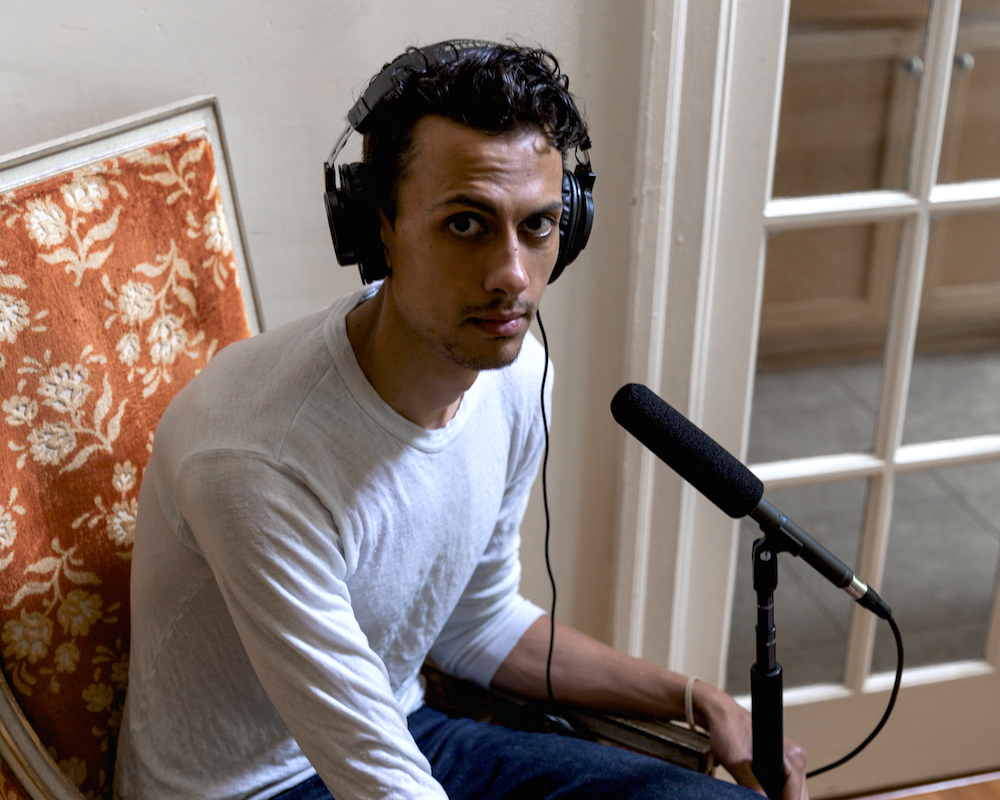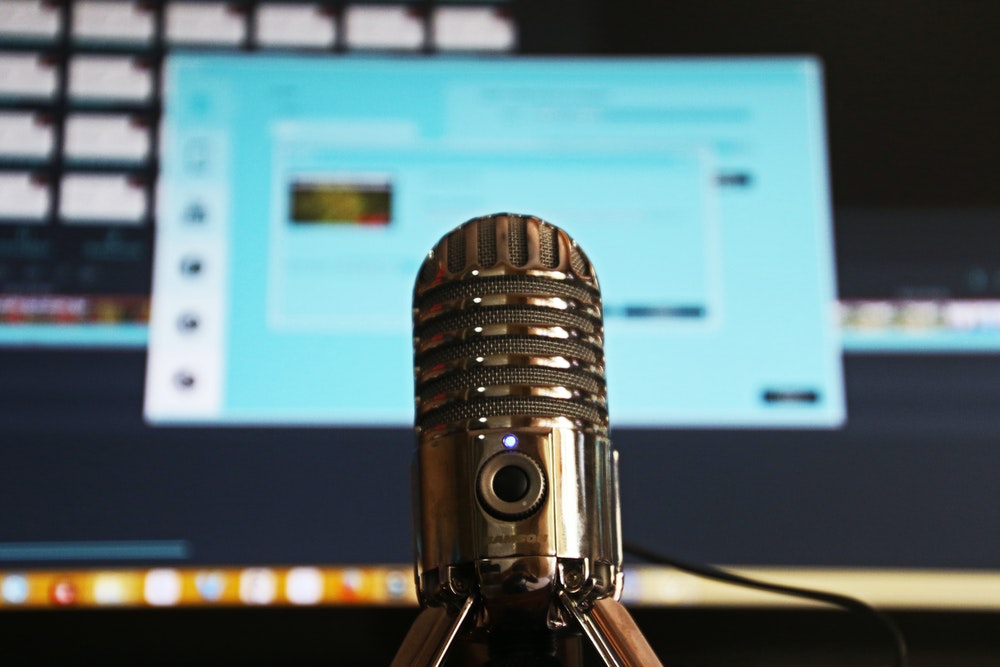George Harris, a biracial slave, is the heroic beating heart — or the bleeding heart, critics might say — of Harriet Beecher Stowe’s 1852 novel “Uncle Tom’s Cabin.” Almost 60 years later, the ultimate villain of the infamous silent film “Birth of a Nation” is also a biracial man, the drunken and lustful Silas Lynch, whose misdeeds the creators tried to lead audiences to believe are part of being mixed-race.
Far from alone, these two damaging examples are indicative of how multiracial people have historically been depicted in popular culture: Whether good or evil, they’re transformed into political symbols or literary devices for the purpose of advancing an agenda (typically, that of a white creator). Abolitionism. Segregation. The virtues of the American melting pot. You name it.
Ironically, the mixed-race experience is often viewed by outsiders through a simplistic lens. But if you talk to real-life humans — myself included — who live and breathe that experience, it’s full of nuance, complexity, and ambiguity that defies easy categorization.
And those experiences are increasingly common: According to data from the US Census Bureau, the multiracial population increased 276% between 2010 and 2020. Additionally, the number of Americans who identify as two or more races is projected to increase 200% by 2060.
The true humanity behind the mixed experience is the focus of On Being Biracial, an upcoming podcast that’s written, reported and produced by Daralyse Lyons, a biracial journalist based in Philadelphia, and myself. (Set to debut in mid-2023, we have released a limited run of episodes featuring multiracial youth which you can listen to here.)
More than aim to tackle the history of mixed identities in this country, we seek to redefine that conversation in the present. And we are integrating broader conversations around diversity and inclusion into the podcast as well, such as the one that’s been unfolding in the tech community for years.
Technical.ly has been a leader in covering and pushing that conversation forward in recent years, elevating voices from historically marginalized groups who have often been made invisible in industries like tech, where white-male leadership and representation continues to be the norm.
That brings me to why I’m writing this guest post: If you are biracial or multiracial working in tech, innovation, or startups, we want to hear from you to learn about your experience! We are currently seeking guests and interviewees for our full season, where we will be focusing on the intersection of economics and the biracial experience, while amplifying a broad spectrum of other topics surrounding multiraciality.
Connect with On Being BiracialOur podcast will feature dozens of interviews with mixed-race individuals representing a variety of industries, geographies, and of course, ethnic and cultural backgrounds. Part of our goal in doing this project has been to find true commonalities behind what it means to be biracial in the 21st century. Hopefully, in the process, we’ll begin to reset old stereotypes.
“What do we do when categories of race, at least in America, have been presented in largely binary ways, yet people’s experiences and identities don’t always exist on opposite sides of a spectrum?” Daralyse asks that question at the beginning of our limited season featuring youth voices. It’s a powerful one and we invite you to share your thoughts on that, and more, with us.
Please go to our website to fill out our survey for potential interviewees. In addition to multiracial identities, we want to explore intersectionality — such as how other identities, including sexual orientation, align and combine with them.
Also, if you simply want to listen to the conversation, please subscribe to the On Being Biracial podcast and stay tuned for more.
Before you go...
Please consider supporting Technical.ly to keep our independent journalism strong. Unlike most business-focused media outlets, we don’t have a paywall. Instead, we count on your personal and organizational support.
3 ways to support our work:- Contribute to the Journalism Fund. Charitable giving ensures our information remains free and accessible for residents to discover workforce programs and entrepreneurship pathways. This includes philanthropic grants and individual tax-deductible donations from readers like you.
- Use our Preferred Partners. Our directory of vetted providers offers high-quality recommendations for services our readers need, and each referral supports our journalism.
- Use our services. If you need entrepreneurs and tech leaders to buy your services, are seeking technologists to hire or want more professionals to know about your ecosystem, Technical.ly has the biggest and most engaged audience in the mid-Atlantic. We help companies tell their stories and answer big questions to meet and serve our community.
Join our growing Slack community
Join 5,000 tech professionals and entrepreneurs in our community Slack today!

The person charged in the UnitedHealthcare CEO shooting had a ton of tech connections

From rejection to innovation: How I built a tool to beat AI hiring algorithms at their own game

How a laid-off AI enthusiast pivoted to become a founder — while holding down a day job



